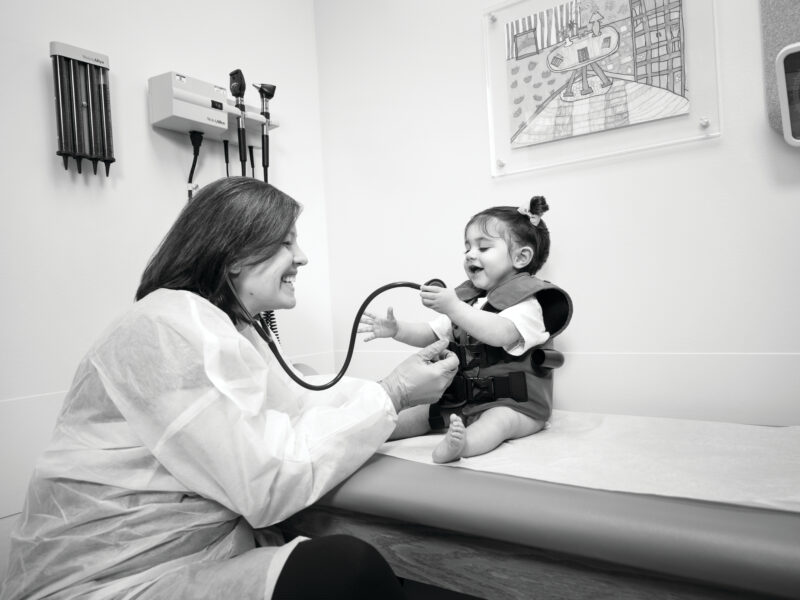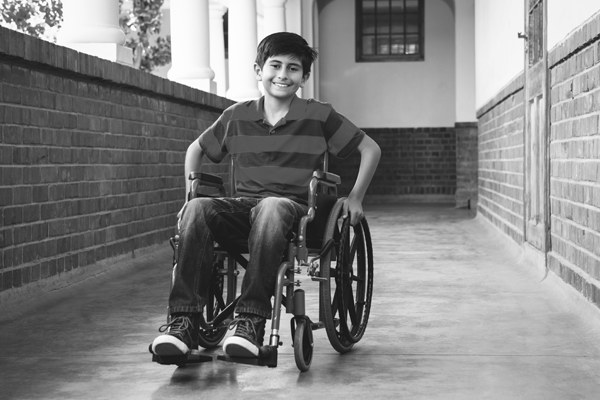Teens With Asthma: A High School Diploma Does Not Equal Readiness for Self-Management
Teens With Asthma: A High School Diploma Does Not Equal Readiness for Self-Management https://pediatricsnationwide.org/wp-content/themes/corpus/images/empty/thumbnail.jpg 150 150 David Stukus, MD David Stukus, MD https://pediatricsnationwide.org/wp-content/uploads/2021/03/David-Stukus.jpg- March 14, 2017
- David Stukus, MD
Poorly controlled asthma takes a toll on numerous aspects of health and life.
Asthma is the leading pediatric chronic health condition, affecting approximately 10 percent of children and adolescents. Uncontrolled asthma can lead to acute exacerbations and need for emergency department visits or hospitalizations. A frequently unrecognized toll of poorly controlled asthma is the impact of chronic symptoms, which adversely affects sleep, restricts physical activity and decreases quality of life.
Thankfully, most patients with asthma can achieve good control of their symptoms and limit exacerbations by adopting successful self-management strategies. This can be challenging and entails understanding of symptoms along with prompt treatment when they occur. Avoidance of known triggers is incredibly important, but not always feasible, and often difficult to implement. Proper use of medications is also vital to success, which necessitates proper inhaler technique, consistent use of controller medications daily or twice daily, and use of short-acting rescue inhalers promptly when symptoms occur, or pre-emptively prior to exposure to known triggers, such as exercise.
Asthma is a complicated heterogeneous disease with no single cause and no cure. It often presents early in life and can persist life-long, but some patients may not develop symptoms until adolescence or adulthood. Improvement or persistence with age is also variable. As such, successful management requires monitoring through routine health care visits and adjustment of the treatment plan over time.
Teenagers with asthma have typically lived with their condition for years. They can often recognize symptoms, understand triggers and name their different medications. However, adolescence is a period of high risk associated with poor outcomes and exacerbations. As teenagers transition to independence, these problems are amplified.
There is scant literature available regarding the transition to independence for adolescents with asthma, but studies from chronic conditions such as sickle cell disease and cystic fibrosis offer examples of how this process should occur.
Ideally, discussion with a health care provider will begin around 12 years of age. Before entering high school, teens should start to become more involved in their care, including treatment decisions, and especially with discussion surrounding anticipatory guidance and role-playing. This process should advance at every visit, with a plan in place to assess and prepare for readiness for independence upon high school graduation.
Normal cognitive development during adolescence occurs at variable timelines and different stages. Adolescents are typically unable to appreciate long-term consequences of their actions and engage in risk taking behavior. Impact from social interactions is given much greater importance compared with personal health. Needless to say, the cognitive development during adolescence can create a barrier to successful self-management. This is amplified as adolescents leave home for college or to live independently, which introduces new requirements of managing diet, exercise, school/work, social interactions and sleep; all of which can impact their asthma treatment plan.
Examples include non-adherence with medications, which encompasses inconsistent use of daily controllers and lack of access to fast acting rescue medications when needed. Adolescents may not recognize how stress and poor sleep hygiene may negatively impact their asthma symptoms. Or vice versa, they may not appreciate how poor control of asthma symptoms may impair their ability to sleep, exercise or focus on schoolwork. Risk taking behaviors often include experimentation with alcohol, tobacco and marijuana, all of which may worsen symptoms acutely or contribute to a long-term decline in health. Lastly, adolescents living independently must be able to navigate the health care system, including scheduling and attending routine physician appointments, identifying a local emergency room if acute care is necessary and obtaining prescriptions on a monthly basis.
Discussion of the ways clinicians can assist adolescents with asthma transitioning to independence is complicated and difficult to relay in a short post such as this. The most important thing is for this preparation to happen. Creating a protocol for your practice can ensure that important conversations like these happen regularly and that no patients fall through the cracks. We have the opportunity and obligation to prepare our adolescent patients to take ownership for their health care, particularly with a chronic illness such as asthma. Let’s share with them the tools and encouragement they need to do so.
About the author
Dr. Stukus is director of the Complex Asthma Clinic and a physician in the Section of Allergy/Immunology at Nationwide Children’s Hospital. He is also assistant professor of Pediatrics at The Ohio State University College of Medicine. His clinical and research interests focus on asthma and food allergies, especially improving education and adherence for patients and families. As part of his research, Dr. Stukus has created novel technology and educational tools using mobile health apps to improve the care of patients, for which he was recognized with the Nationwide Children’s Hospital Department of Pediatrics Junior Faculty Award for Innovation in November 2013. Dr. Stukus has been an active member of the medical advisory team for Kids with Food Allergies since 2009 and was elected to the Board of Directors for the Asthma and Allergy Foundation of America in 2014.
-
David Stukus, MDhttps://pediatricsnationwide.org/author/david-stukus-md/
-
David Stukus, MDhttps://pediatricsnationwide.org/author/david-stukus-md/February 25, 2020
-
David Stukus, MDhttps://pediatricsnationwide.org/author/david-stukus-md/
- Posted In:
- In Brief









